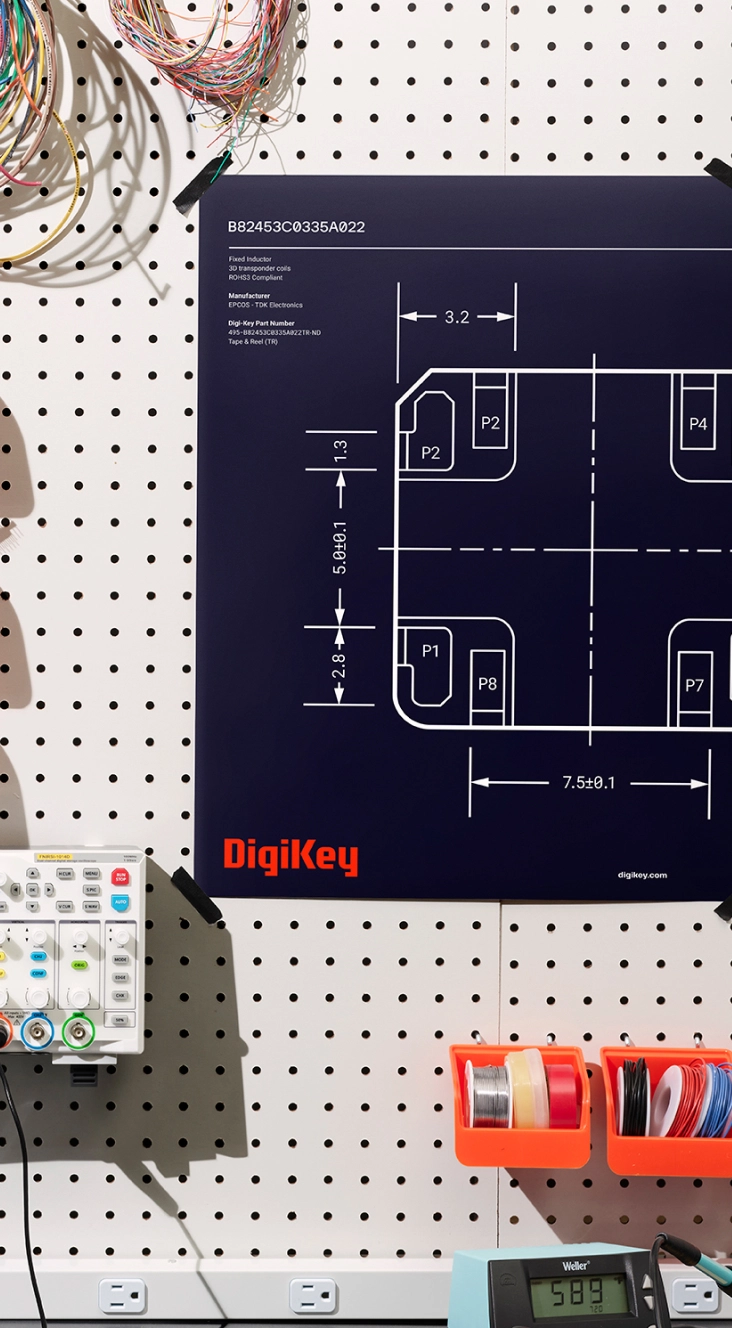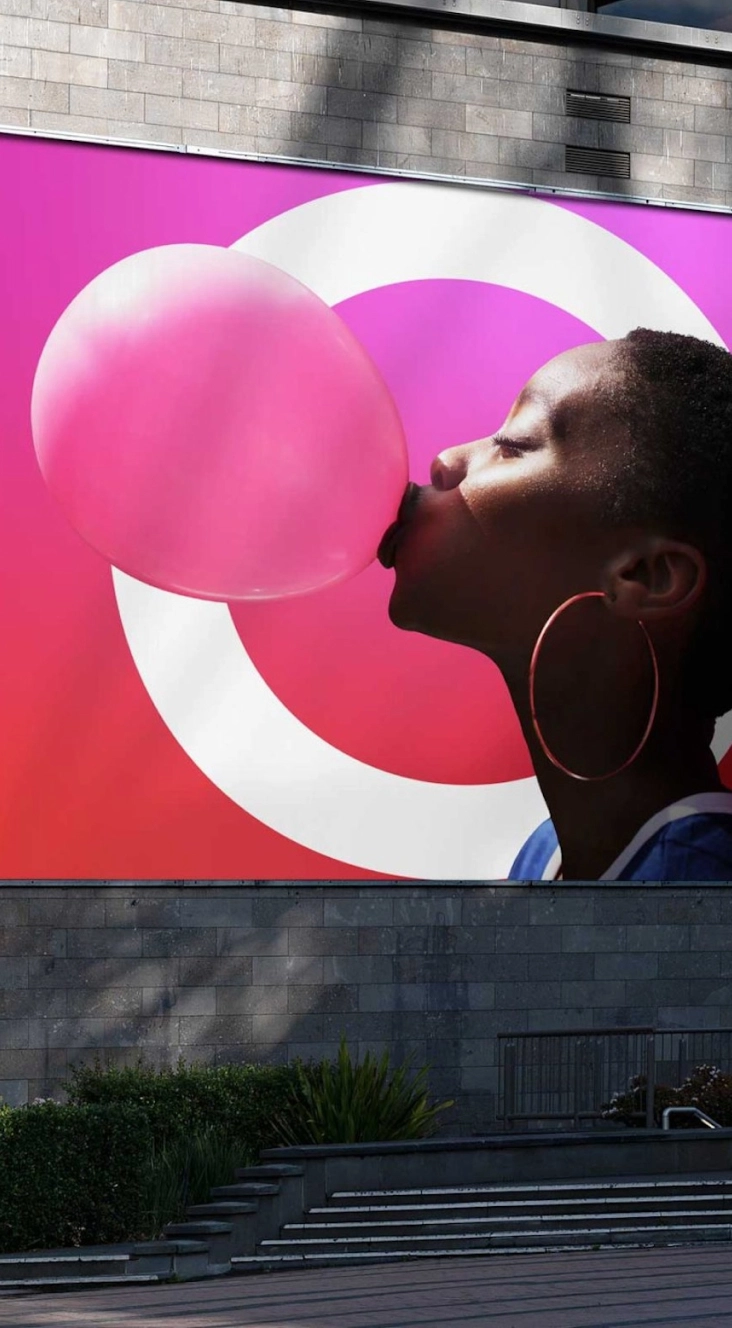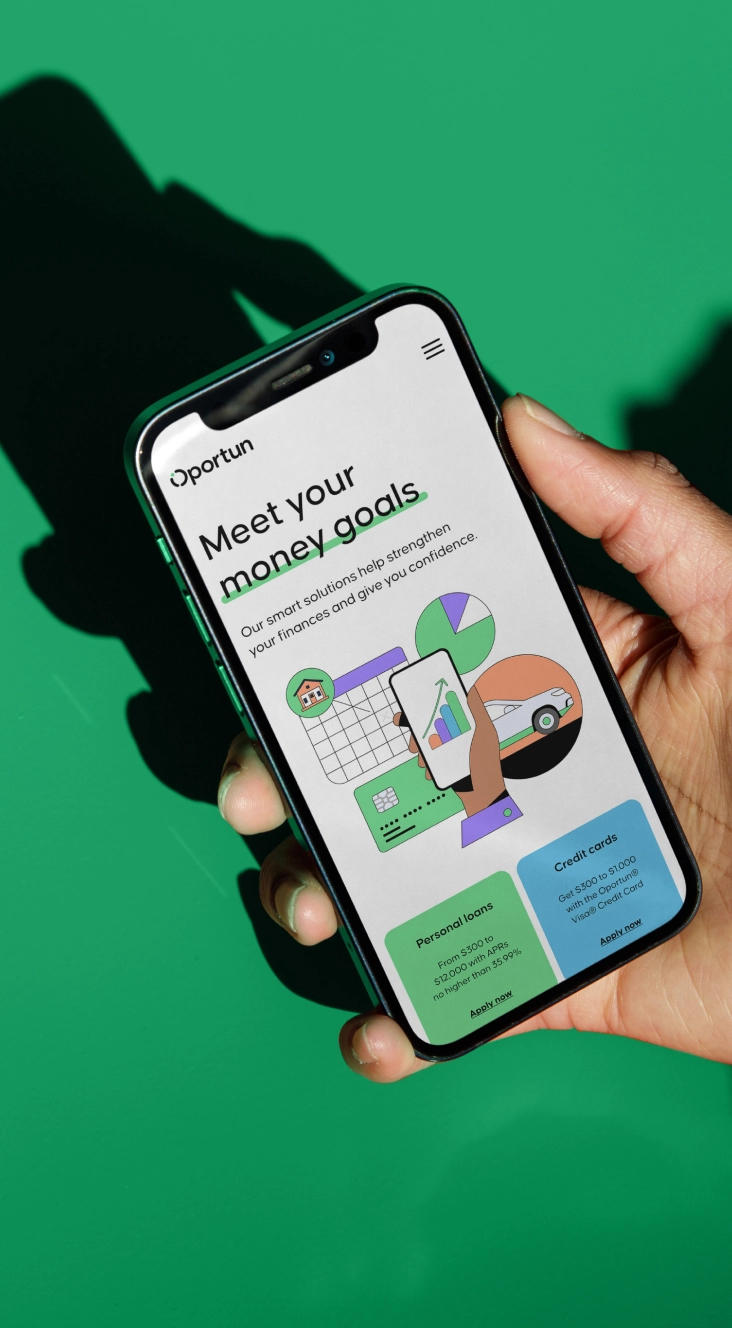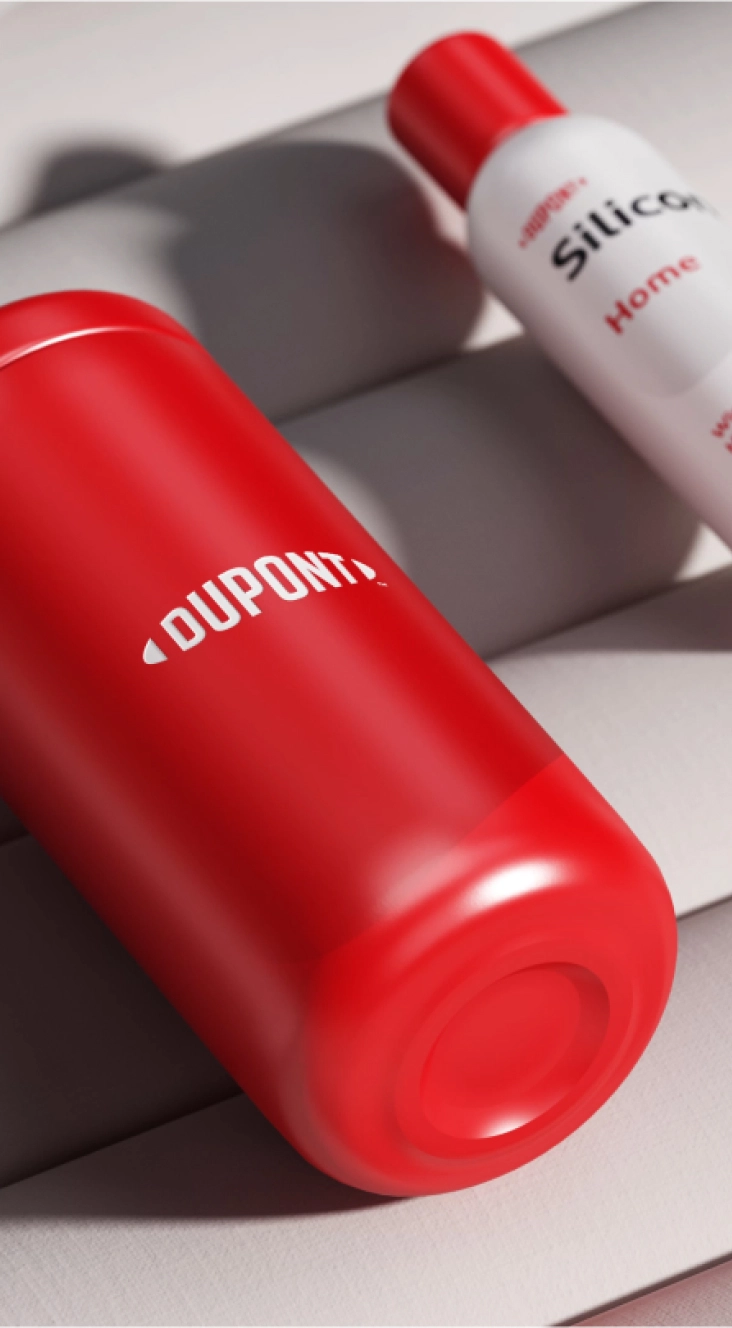Building Go-to Brands from the Inside-Out
Executive Summary
What does it take to accelerate your brand’s potential through your people?
Every company is looking for the next big source of growth.
It turns out that most companies have already got it—their employees.
The latest data indicates the most beloved brands are built from the inside out. These companies focus first on their employees, and then empower, engage, and motivate them to deliver the brand to customers.
Companies that get this right not only have a more fulfilled, energized workforce but also dramatically outperform the competition in terms of growth and resilience. They have greater employee retention, a more cohesive alignment around their brand, and outperform in median year-over-year revenue growth by upwards of 25%.
Yet, only one in four companies can credibly claim empowered employees.
This practical, data-led perspective highlights:
- How to leverage employee enablement to drive faster growth
- How to improve employee brand alignment across all stages, from recruiting to alumniship
- How to build each dimension of an Employee-led Go-to Brand: connection, progress, and enablement
- How to foster collaboration between CMOs and CHROs to unlock brand momentum
- The five guiding principles for successfully leading a Go-to Brand transformation from the inside out
Thank you!
If the download does not start automatically, please click here






